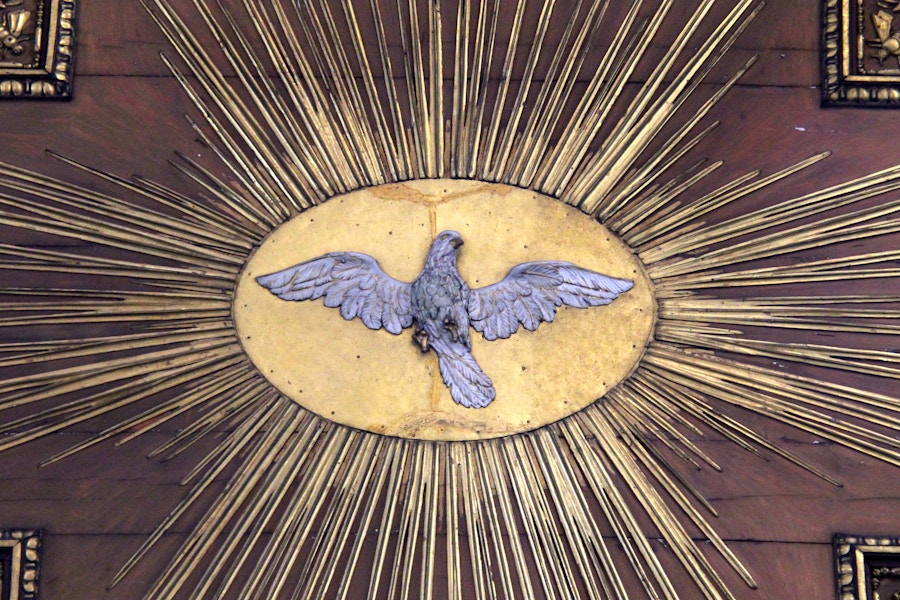Several years ago I was surprised — and delighted — to find myself standing with a group of Mormon and Evangelical historians, philosophers, theologians, and biblical scholars at the Latter-Day Saints Museum in Palmyra, New York.
I had been invited to take part in a Mormon-Evangelical dialogue and was enjoying meeting new friends and learning more about what Mormons believed and how they lived. We were visiting Mormon holy sites in Palmyra, where Latter Day saints believe Joseph Smith received a vision of the angel Maroni directing him to buried golden plates containing new revelation for God’s people.
A friendly, young woman was explaining to us key points in Mormon history. As she did so she frequently referred to a historical timeline that traced itself around the walls of the museum. The first century of Christian history was clearly portrayed through both word and art.
As my eye moved into the second century, though, no words or deeds were discussed or portrayed on the timeline. Indeed, from the 2nd to the 19th century all I saw was a long, blank white line. Happily, though, at least from a Mormon perspective, things picked up again when we moved into the 1800’s, with the history of the Latter-Day Saints vividly portrayed. How striking and strange. God was actively at work in the first century of the church’s history. Then the church’s history, theology, and practice somehow jumped the track from the 2nd century forward, only to right itself in the 19th with the revelation given to Joseph Smith in a holy grove in Palmyra, New York.
I couldn’t help asking our museum guide about the long, blank white line that covered almost all the church’s history. “What was going on during all that time from a Mormon perspective?” I don’t think she had ever been asked this question. She paused, smiled, and said, “I’m not sure.” Fair enough. After all, most of the museum’s visitors were Mormons, all part of a restorationist movement relatively recently birthed.
What’s a restorationist church? The Mormons are only one of many such churches that sprang into existence in the 19th century in the United States. Many Christians during that time believed that the pristine moment in Christian history was the 1st century AD. Sadly, according to restorationist interpretation, distortions and deviations from full gospel truth quickly leaked into the church’s life from the 2nd century up to the 19th.
For many in these movements, it was only in the 19th century that the Spirit again began to be active as the gospel was fully “restored” to the church. Yes, there were genuine “saints” in the first century. But for Mormons and other 19th century reformers, the true church — the church of the 1st century — needed to be restored.
As I stood with my Mormon and Evangelical friends in the museum, I realized it was Tom Oden who helped me to understand that, in Tom’s words, “the Holy Spirit has a history.” As a young Christian I, too, had believed there was a long lacuna in the church’s history where the Holy Spirit had been largely silent and inactive.
When I arrived at Drew University to study with Tom, I knew very little of the church’s history, theology, or spirituality between the 2nd and 16th centuries AD. I had read Calvin, Luther, and other Reformers, but took it for granted that up to the Reformation in the 16th century, the life and thought of the church had been grossly distorted and the heart of the gospel lost. After all, there was a reason why the Reformation occurred! Any Protestant knew that. Tom, a Protestant theologian, spotted this gap in my knowledge and perspective. “Chris, the Holy Spirit has a history.”
Text First Published March 2017


